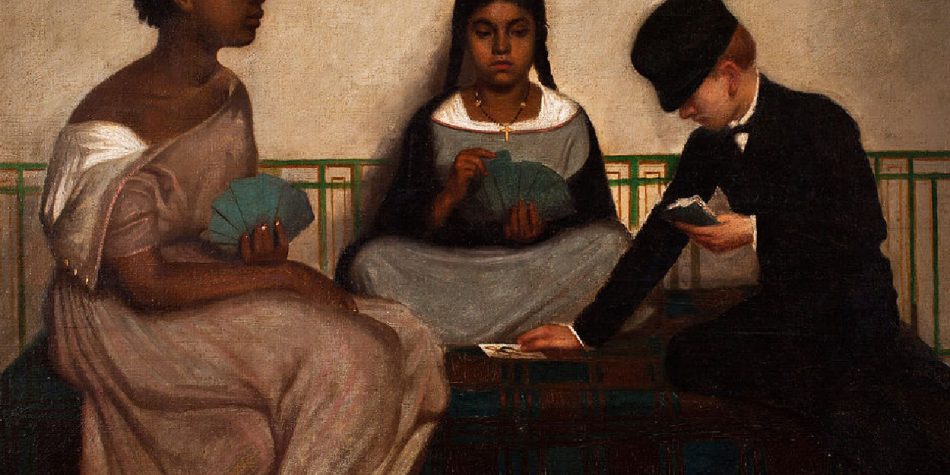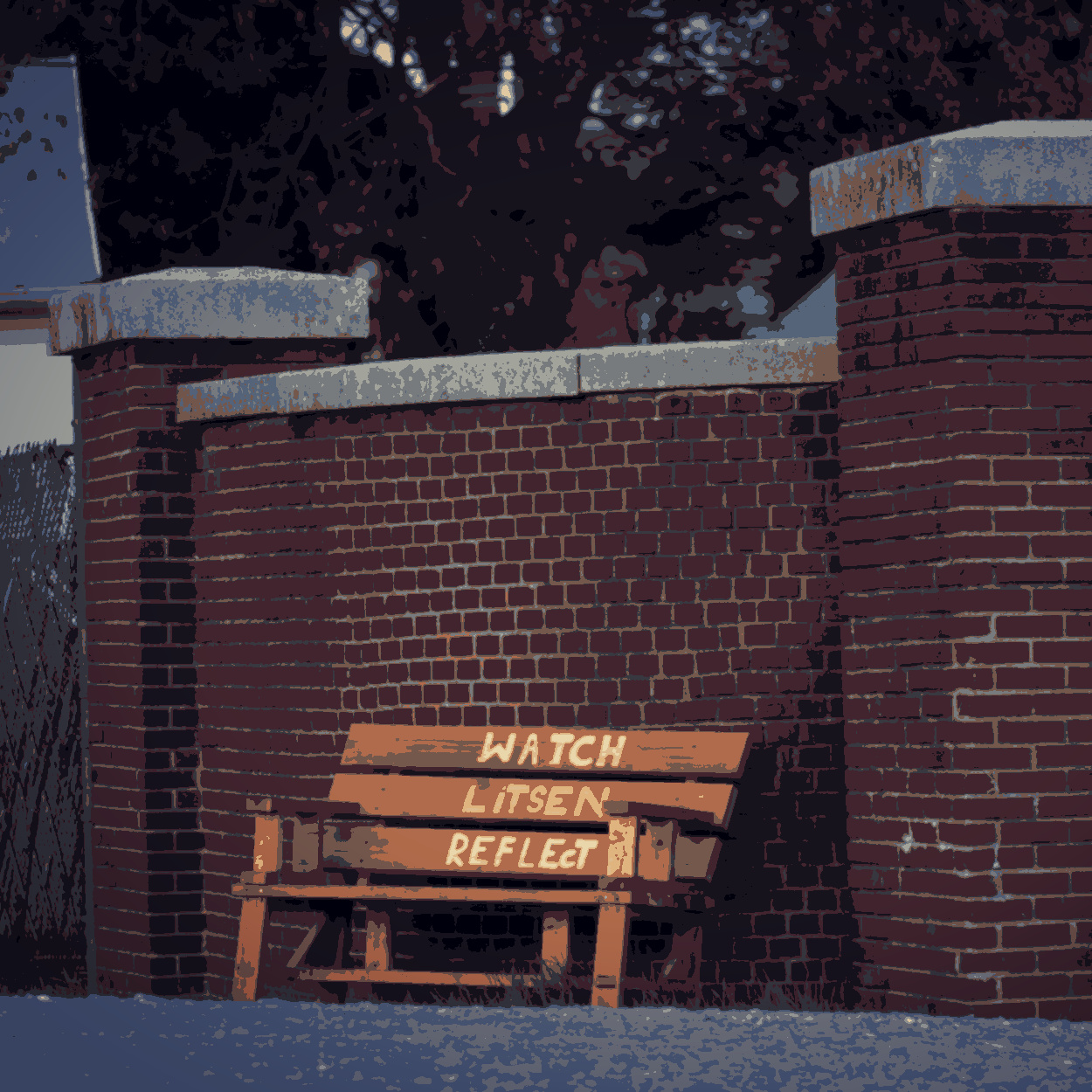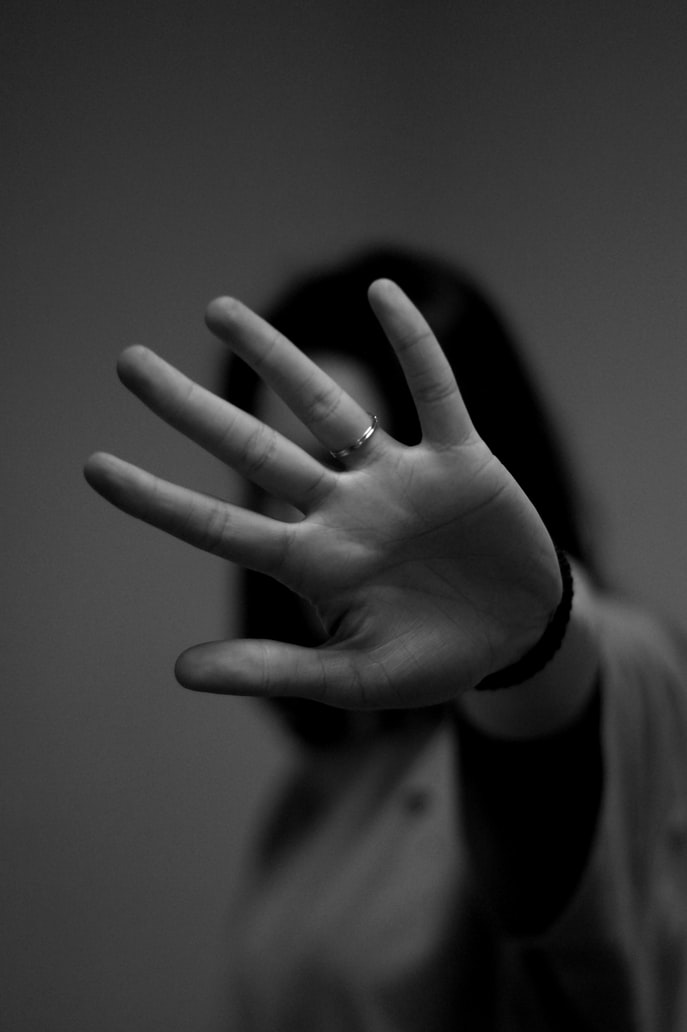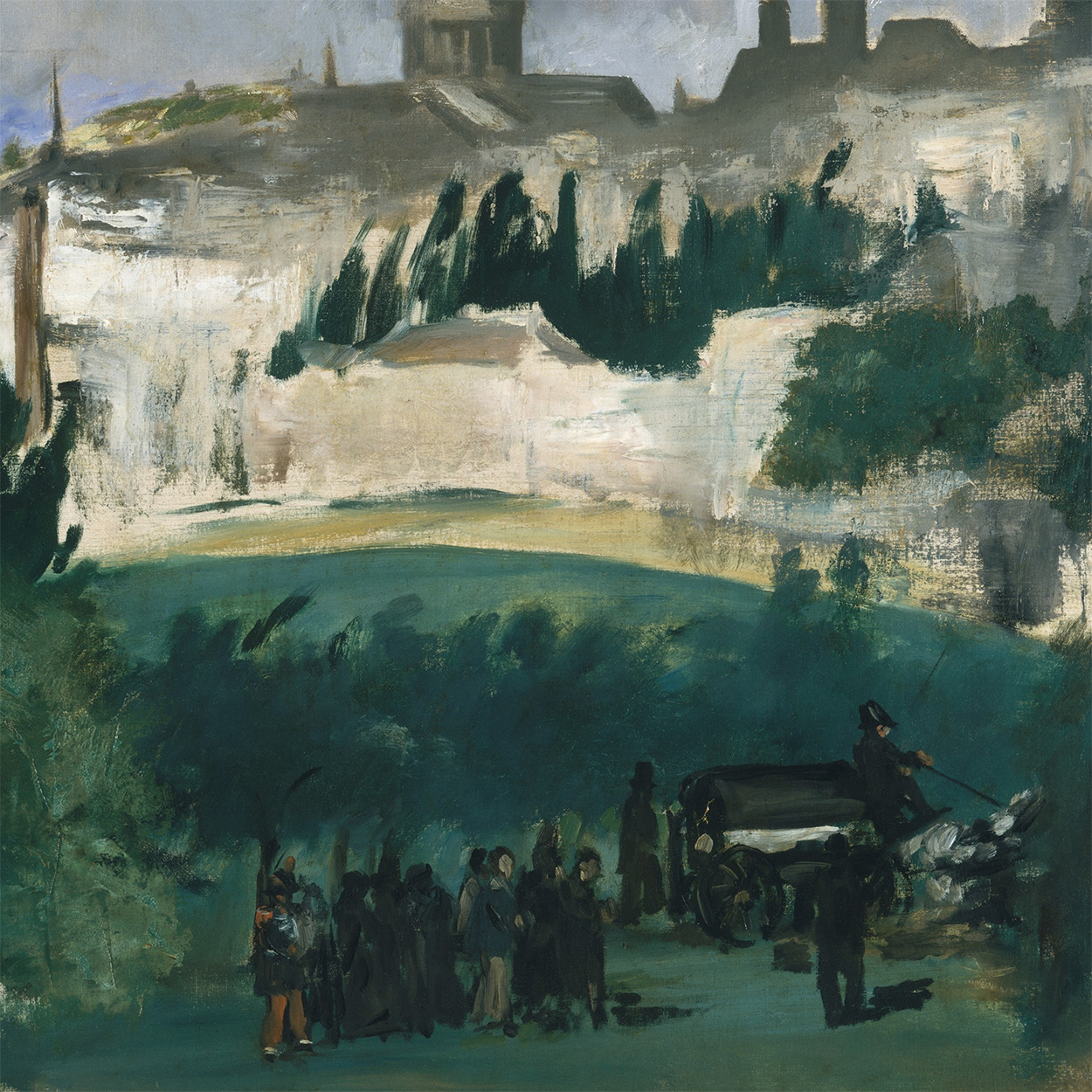One of the challenges with the critique of Critical Race Theory (CRT) stems from approaching it as a unidimensional body of knowledge. CRT begins in legal studies recognizing how race has impacted the passing of laws. Anderson (2016) and Ortiz (2018) have published significant historical research that documents how race has been used to support White-centeredness and further Caucasian interests at the expense of all others. If one focuses on historical events—all events, not just those that are palatable—it ought to be simple to recognize that race has been an issue from the beginning of the modern history of this country. Let’s start by acknowledging that this country has been organized and geographically expanded at the expense of taking away land that was not up for grabs. Taking land to implement the pioneer’s dream is the most straightforward imagery to illustrate how racism and a value system based on White superiority have led to prioritizing White needs.
While CRT does point out the unpleasant reality of how race relations and racism directly, significantly, and markedly impact individuals, it also focuses on the formulation of policies and practices to remedy the impact. Thus, CRT is not just in the business of raising a wave of contention. Instead, it is specifically and unequivocally focused on the solutions—the transformative policies that support transformative actions to attempt to right the wrongs of racism. Without this appreciation of its focus on solutions, CRT can be misunderstood to be just critical and divisive.
To leverage a comparison, some aspects of the gospel of Jesus Christ as taught by Latter-day Saints today are very troubling and confusing for other people. Does that mean that the Church of Jesus Christ is inherently contentious and critical of Christian religions that do not believe in The Book of Mormon and the other scriptures? I do not think so. The existence of the Book of Mormon is itself evidence of how the God we believe in values multiple perspectives. In my experience as a missionary and a Latter-day Saint for my entire life, people who are willing to allow themselves to learn about the Book of Mormon can understand its purpose, whether they believe it or accept it as scripture.
CRT is not faith-based. It is evidence-based.
CRT is not faith-based. It is evidence-based. There are unending historical facts, legal evidence, and educational statistics documenting how systemic racism has persisted in the U.S. until today. I would propose that talking about race and the historical events that have created the racial divide in the country is vital to the strategy of educating our children. It is crucial to community strengthening and healing. It is integral to solving the challenges that may come from positions rooted in not knowing. Talking about race and looking at history from all points of view also helps differentiate between microaggressions and sincere ignorance. Rather than the censure of CRT, let’s move to implement policies and practices based on CRT that help paint an accurate picture of who the United States is as a nation and its organizational structure as a country. Talking about race can be and should be framed as part of becoming aware and mindful about issues related to race. The purpose of this exercise is to facilitate understanding, transformation, and healing.
Positionality. I am a Latinx woman from Puerto Rico. I am a Brigham Young University (BYU) alumnus. While at BYU, I had a series of experiences that motivated me to take time from dissertating to write this response to the open letter published on June 4th, 2021. I have over 40 years of experience being in a brown body; I have lived in Utah for almost half of my life. I have been an active member of The Church of Jesus Christ of Latter-day Saints all my life—well, except the first year and a half of my life. I am a church member in good standing with all the bells and whistles that come with it—including “returned missionary” (welfare missionary) status and divorcee having to face how married church members perceive my kind. Coincidentally, I am also an educator, having worked with people from all over the world in different capacities for more than 20 years, and I am a doctoral student dissertating. My work includes the integration of the tenets of CRT. I am not only a student of CRT, but I am also very familiar with its methodology. In a sense, CRT and the Church of Jesus Christ is an intersection that I am intimately familiar with because of professional experience, experiential background, and study. I believe my perspective and experience are pretty close to a 360-degree view from a theoretical, practical, and experiential sense. It is not a perfect perspective, but it is broader than most.
Recognizing other groups’ contributions is a matter of equality and social justice.
Second, recognizing other groups’ contributions is a matter of equality and social justice. No sector of the U.S. population should be excluded, yet, we are. The methods and methodology do not magically denigrate Whites. The attempt is one of equalization and combating invisibility. I am often invisible. People like me are invisible throughout history. For example, we are too often perceived as a burden to society because people do not realize the impact Latinx people and other marginalized groups have had in developing efficient unions that highly impact poor Whites’ rights. CRT advocates for balance and working towards allowing others to tell their stories. Two methods CRT uses are testimonios and counterstorytelling. I love these two methods the most because they are compatible with the gospel of Jesus Christ and Judeo-Christian traditions.
Testimonios (Testimonies in English) are vital in documenting lived experiences at the individual level repeated in larger groups. The Latter-day Saint community has a strong tradition and belief in testimonies. They are so important that we dedicate one Sunday a month to share our individual experiences to strengthen our faith as a community. The Bible is full of doctrine and teachings confirmed through testimonies of those that saw and felt. Counterstorytelling is about sharing narratives from different perspectives to document how different people experience the same events. The Book of Mormon is an embodiment of what counterstorytelling is about. It documents the gospel as experienced by a different group than those in the Bible. Their stories increase our belief in the gospel and give us a different, sacred perspective of what we believe Jesus Christ wanted us to know. Joining together the stick of Judah and the stick of Joseph (Ezekiel 37:16) is an example of counterstorytelling. We, as Latter-day Saints, have strong ties to these methods to learn truths.
Third, those actively working to exclude diverse experiences are most likely reflecting discomfort with some challenging facts. Disparities and disadvantages are extensively and clearly documented. Most of those statistical facts uphold White advantage. As a civilized society (and responsible citizens), we should not claim that contention is a reason to discard valuable facts and social processes. Pausing for a moment, I submit that contention and discomfort are signals that come from emotional responses when one has not yet developed the skill of processing data outside the echo chamber. This is a critical but basic communication skill for civilized societies.
Lastly, the passing of laws to settle uncomfortable issues related to race is not a new strategy. The Black Codes were a series of laws passed all over the South during Reconstruction to retain limitations and criminalize behavior to protect some aspects of slavery. Like the CRT bans, the Black Codes were established almost verbatim across states. The current situation with laws banning CRT is similar to the Black Codes—alleged solutions looking for problems.
It is important to highlight that, at its core, CRT is about critical analysis to deepen awareness leading to equality. Critical analysis, as an educational process, is not intended nor designed to cause contention. (Let’s remember that contention is a reaction, not an action.) CRT is focused on learning. What can we learn from the egregious mistakes of the past? An essential part of that analysis is data processing and open communication. How else can we obtain a new, enlightening perspective of how others experience humanity without courageous conversations and humble inquiry? It is pretty impossible to infer the human experience. Therefore, my White brothers and sisters are not the best source of knowledge regarding the Latinx human experience. I graduated from BYU in 2001. Twenty years later, I am still watching the Latinx perspective described and portrayed by non-Latinx people.
Moving forward. How can society improve and develop comprehension and communication skills that support positive socio-emotional processing? How can we, as a society, be more open-minded? How can we discontinue jumping to quick conclusions about what people are thinking or feeling? How can we reduce how much we do not know about each other?
These challenges will not fix themselves. We are here because what we have done at home, in schools, and as a community has not worked well enough. Courageous conversations will help us develop the skills and character traits that result in improved understanding. We progress toward an accurate understanding of others’ experiences through interaction and connection with others.
The authors posed the question, “How can we better differentiate between the evil of genuine racism versus mistakes based on provincial thinking, social awkwardness, poor communication skills, or interpersonal cluelessness?” This educational process, one of communication and increased awareness, is key to eradicate the mistakes that can come from ignorance. Indeed, BYU is not full of incapable, naive, ignorant students. BYU alumni are regarded as capable, informed individuals who can communicate appropriately. As an instructional setting, BYU is an appropriate forum to communicate about challenging topics of great consequence.
Faux pas vs. microaggression. Part of the purpose of education is transformation to remove fundamental ignorance from the individual. To remove responsibility from the individual by labeling behavior as accidental or faux pas, one would have to accept that the education offered is insufficient. That education must lack sufficient experiences and data to promote introspection and communication skills that teach individuals to think before speaking and to listen without preconceived response strategies. It is unlikely that students will learn what they are not exposed to. Therefore, sustaining comfort by avoiding confrontation of true history and current social challenges will replicate more ignorance. Additionally, while intent is a dangerous realm to enter, the obscurity of the unknown is insufficient to label a comment or act as faux pas instead of a microaggression. As a brown body that has also had to deal with microaggressions for more than 20 years here in Utah, I know many are not aware of the implications of their acts. Their lack of awareness reflects an individual need to improve, rather than a mere lack of unawareness. There are others whose commentary and actions are purposeful and blatantly intended to offend.
Microaggressions are not microaggressions because of intentionality but because of the damage they cause. For example, the lady in the ice cream aisle may not have meant to discriminate against me when she asked about the alleged accent she could hear through my mask. Her ability to sense an accent through a mask because I said ‘hi’ to her toddler almost seemed ultra-human. Her response was a microaggression. She insisted that my accent was not from New York City when I told her I was not from Utah and had grown up in New York. It was not ignorance because, as I explained the difference between accents from one coast to another, she insisted that it was not a coast thing. Once I told her I was born in Puerto Rico, she found the evidence she was looking for. The color of my skin screams louder than my bright green eyes. It must be because I am not just from New York City. Of course, she did not know the difference between Costa Rica and Puerto Rico. That explained why she dared to ask me how I got here. Ignorance? Faux pas? Microaggression? Maybe a combination of all three? Who knows and, frankly, who cares? She made me feel like I did not belong … in the ice cream aisle! She attempted to redefine my identity and my history, questioned my belonging here and my citizenship.
The complex moving parts that are put into motion once a phrase comes out of someone’s mouth cannot be halted because it sounds ignorant or because the person did not mean it. Accordingly, making the recipient of the microaggression responsible for the feeling by calling us all hyper-sensitive is another strategy to dislocate responsibility. Did she wake up that morning thinking she was going to denigrate a Latina woman in the store? I am sure she did not. Did she denigrate and devalue me? Absolutely. Did it hurt? It did. Did I sit in my car to cry out of anger? I sure did. That is what makes an action a microaggression. The trauma that comes after one human being decides they have the power, right, and knowledge to define another.
White fragility (the discomfort of addressing Whiteness), can often turn into deflection. The attention is turned to how Black, Indigenous, and other People of Color (BIPOCs) respond. White fragility projects the fragility to BIPOCs. The projection proposes that White people are not uncomfortable, but that BIPOCs are hypersensitive. This assumption devalues one human experience to attribute to another group the power to determine hypersensitivity and hyperbole. Accusing BIPOCs as hypersensitive displaces responsibility. Inclusion and respect are not stepping around BIPOC’s feelings. It is recognizing and giving credence to a human experience.
Definition of racism. The authors also mention the issue of how racism is defined. There are three levels of racism—individual, social group context, and systemic. How can we agree on what constitutes racism at these different levels if there is no conversation and no experiential evidence offered up to clarify this? To define racism, we need to go through a collective negotiation based on history, current events, and experiential background. The most significant issue is the refusal to recognize the extent and reach of racism. Without this, it is tough to begin an effective conversation. For example, the authors mention the satisfaction of Black students with their BYU experience. The problem with this is that racism is not binary. Racism affects Latinx students, Asian students, American Indian students, Biracial students, and other individuals with other racial and pan-ethnic identities. When put into perspective, it is clear that one group’s satisfaction does not equate to appropriateness.
Racism is not a White vs. Black issue. It is fundamental to point out that racism in this country is heavily associated with slavery and our Black brothers and sisters. Yet, the first group to be racialized and discriminated against on this land was the multiethnic native tribes whose land was taken. The Mexicans who lived in the Southwest were also targets of racialization and land-grabbing impacted by racism. Racism has been conveniently depicted as a binary issue because the us vis a vis them discourse is easier than a multifaceted, multiethnic dilemma. This discourse increases the difficulty of the social solution to racism because, by design, it is exclusive. The distribution of power and participation still keeps the other racial and ethnic groups out of the conversation. They are still positioned as less relevant.
The work of healing. To understand what will help heal us, we must look at the wound and formulate how not to let that happen again. Forgiveness is essential, but reconciliation does not come without recognizing the trespass. At this point, it is too much. It has been going on for too long. Therefore, it is impossible to reconstruct more than 200 years of sins against the “Others.” Yet, just as specific examples and strategies are necessary to improve communication, particular events need to be dealt with to achieve balance.
Healing the racial divide is not a lost cause.
Healing the racial divide is not a lost cause. It is not impossible. It is worthy of our best efforts. While imperfect, CRT can contribute to healing. The following suggestions may be helpful to begin a mindset shift. These are all at the individual level since the issues related to social context are best addressed by healing individuals coming together in communities. Systemic racism is best addressed through different healing policies:
- “Be of good cheer” (D&C 61:36) as you dare to step out of your comfort zone to converse with different people. Whether you are open-minded or just seeking to appear to be trying, it will show in your exchange with the other individual.
- Do not assume or decide for the other person how they should feel. Recognize that feelings are individual responses. Every human being has the right to experience life their way. Learn to make space for that, even when you do not understand or agree.
- Humbly ask questions and listen. As a rule of thumb, ask questions you genuinely do not know the answer to. Even if you think you do, accept that you may find new perspectives or new information that may indicate you are wrong. Please do not listen to respond; listen to think of further questions according to what that person is stating, without making it a contest.
- Let courageous conversations happen often. The courageous conversation compass is a great tool to guide effective communication. The more uncomfortable you feel, the more courage it will take to sustain the conversation instead of shutting it down. Have the courage to stick with it and lead with ‘I statements’ and statements that reflect what you have believed until that moment. Be brave enough to be vulnerable in accepting what you have learned from the other person. In cases where you have been in error, acknowledge that what you believed was wrong and that you still have more to learn.
- Be teachable. No one in this world knows everything, but we can all learn an impressive amount of information with a good attitude. We can also strive to develop better skills every day. No one is ever done learning. It is OK to say out loud that you do not know or understand something or someone’s experience. Being teachable yields incredible power to know, understand, and love others.
- Recognize and accept the limits of your understanding and perspective. Remember that the human experience is unique for every person. We must appreciate the limitations of our knowledge. We will never fully understand because we are not that other person experiencing ‘x’ event or feeling. Yielding expertise to the other person by recognizing that they are the primary expert in their life builds strong relationships. In a safe environment within a safe relationship, it is possible to ask questions that may help increase awareness or propose a different perspective. In doing so, however, we need to be careful not to do so in a manner that could be interpreted as correction or invalidating important feelings. Reframing experiences should promote different perspectives and thought processes, not an undermining of experiences.
- Support and promote diverse voices by creating safe spaces. These spaces should be deemed safe by those who habitually feel left out, not by the people that already have a platform. Look around. If the space is not diverse and all are not participating or demonstrating they feel free to participate, then it is not likely safe for some person or group. You may be supporting an echo chamber. Remember that safety is not the same as comfort. Safe spaces for growth, by design, require tensions that keep us reaching out to others. Dialogue is not the absence of tension. It is primarily the action of persisting in exchanging information, experiences, and perspectives respectfully, with intent and humility, despite discomfort and tension.
I do not know how it feels to be White because I am not White. Even after learning from a Eurocentric curriculum for secondary school, an undergraduate program, and two master’s programs, I cannot with exactness and integrity state that I can fully understand how the mainstream population of the United States experiences life. Not even all my doctoral coursework and research on Whiteness equips me for that. Racial identity and how one is racialized cannot be understood fully and adequately without experiencing it.
I do know how it feels to be rejected because I am not often valued as an equal. I do hear people challenge my value despite my ‘resume.’ I do know how it feels to have the self-checkout suspended because I am speaking Spanish to my daughter and she happens to be carrying a mini backpack—we must be trying to steal something if we are Latinx, right? I know how it feels for someone to insist they can hear a Spanish accent through my mask after only uttering “hi” to a toddler. I also know how it feels to be invisible. My perspective has, at times, been deemed irrelevant because I am labeled the affirmative action student in the program (Why else would a Latina be admitted to a White conservative school?).
I have experiential-based knowledge that only comes from being in a brown body. That cannot be taught in a classroom—it can be better understood through conversations and respectful exchanges seeking to understand. This is why CRT can be such a transformative tool for all. It opens the door for my human experience to be heard and understood. Without this opportunity, people like me continue to be who White people decide we are. Invisibility and external definition continues. Does this reflect the contention-free community that “had all things common among them” (4 Nephi 1:3) of the Book of Mormon? I believe we do not have contention-free communities because all things are different, and we live amid a growing disparity in all things. Through racial consciousness, we can make significant progress as individuals and communities.
Due to the limited nature of this response and the forum for which it is written, I choose to conclude here. Yet, I will leave you with these final questions: How much of the current discussion and disagreement in the United States about Critical Race Theory, the mechanics of racism, and the conservative values in question are based on naïve misunderstanding and lack of education? How much of the alleged contention is related to pride and valuing more being right rather than being kind? What would happen if we chose to listen to understand without mental reservations? What kinds of social synergy would occur among groups that practice humble inquiry mediated by courageous conversation processes? In my more than 20 years of experience working with people from all over the world, I have learned that profound growth comes in silent moments when we suspend what we think we know to operate in learning mode only. This does not require abandoning gospel beliefs or values. Nor does it mean we cannot have sincere questions. It just requires a strong desire to follow the Savior’s example to focus on people first—whether we agree or not. I hope that we make the individual decisions that create the type of community where we’re willing to step away from the ‘ninety-nine’ to understand ‘the one.’

















